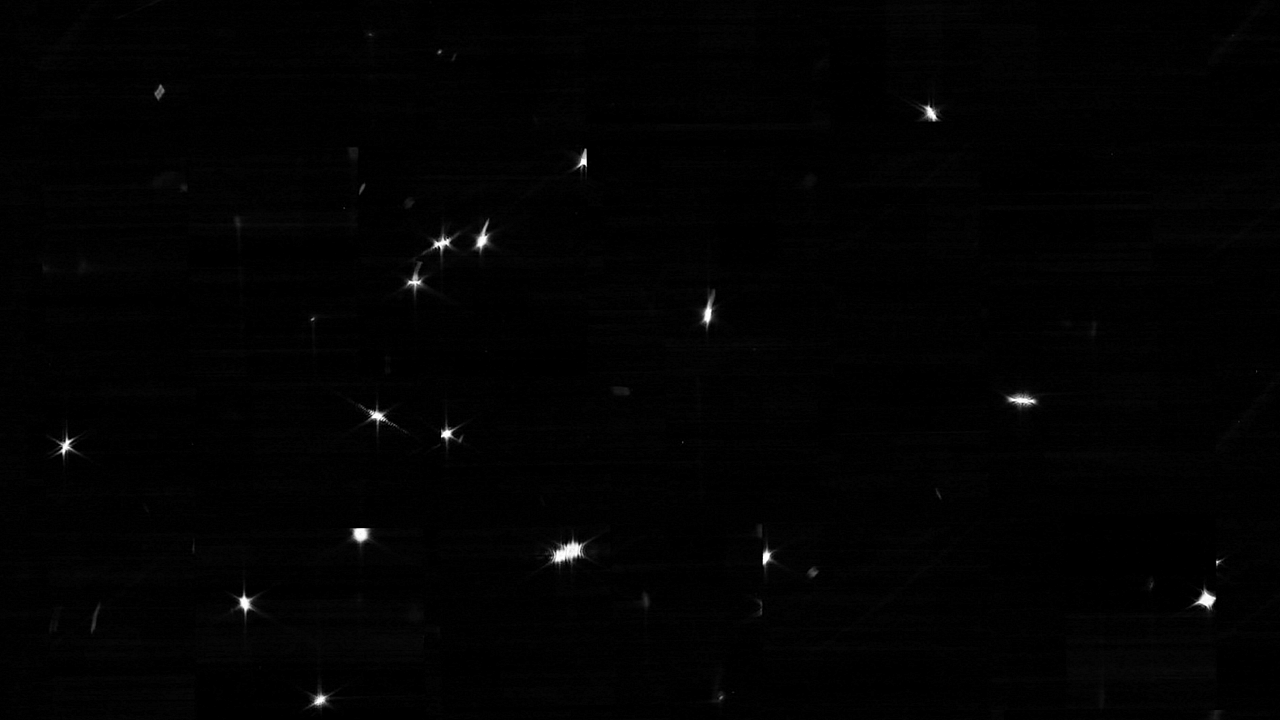
Two months after a dramatic Christmas morning launch and several spine-tingling weeks of gyrations and unfoldings, the James Webb Space Telescope has achieved what astronomers celebrate as “first light.”
Actually, it was first lights.
NASA on Friday released 18 images of a star in the constellation Ursa Major known as HD 84406, as seen through each of the 18 segments that make up the telescope’s primary mirror and recorded by the Webb’s workhorse instrument, the Near Infrared Camera (NIRCam). The Webb astronomers will now spend the next few months wiggling each of those mirror segments back and forth and back and forth until that star becomes one.
Marcia Rieke, a professor of astronomy at the University of Arizona who led the team that built NIRCam, described the Webb team as “ecstatic” in a news release from NASA.
The Webb telescope is a joint effort of NASA, the European Space Agency and the Canadian Space Agency that has been 25 years and $10 billion in the making. Named after a former NASA administrator who guided the space agency through the early Apollo years, the spacecraft is a successor to the Hubble Space Telescope. It was designed to study the universe when it was only about 200 million years old and the earliest stars and galaxies were just emerging from the foggy remains of the Big Bang. It will also study the secrets of black holes and examine exoplanets around nearby stars for signs of habitability or life.
To those ends, its instruments are designed to be sensitive to infrared or “heat” radiation. Because the light waves from such distant objects have been stretched in an expanding universe, they can be recorded only in longer electromagnetic wavelengths than human eyes or normal sensors can see.
The Webb is now parked about 1 million miles from Earth, in an orbit that takes it around the sun behind a silvery foil heat shield that keeps it cold enough for the telescope to feel the distant heat from planets and galaxies.
As a “first light” bonus, a camera on the NIRCam took a picture of the mirror array itself — the closest look at the spacecraft that anyone has gotten since shortly after it left Earth.
The first science results from the telescope are expected this summer after all the fiddling and focusing is done. The universe should get ready for its close-up.
Check out DH's latest videos